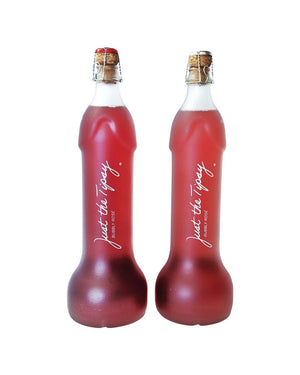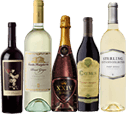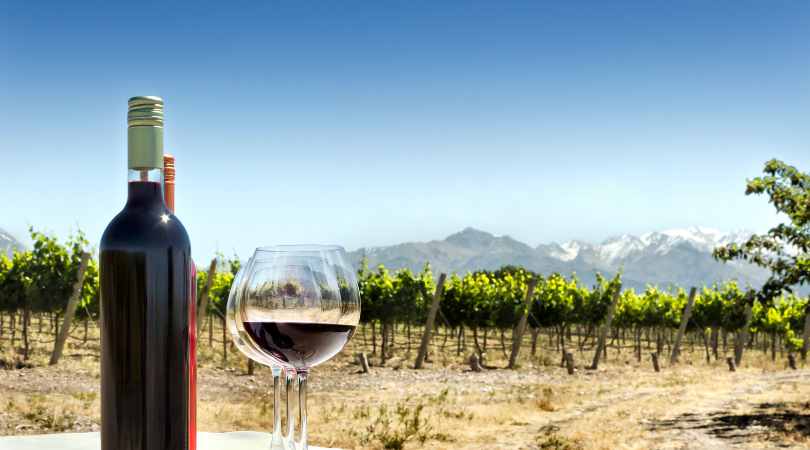If you are here, you probably love wine. Wine is one of the greatest inventions mankind has ever gifted itself in our opinion. It has been around for centuries and will continue to be produced long into the future. One thing that people don’t know a lot about wine is how it is actually made.
The wine industry finds itself in an interesting place at the moment. The wine industry is still backed by its tradition and classic products, with a heavy focus on regions and different vintages. There is another, more modern, well-established industry within wine in the form of natural wines.
Traditional wines have more strict rules, practices, and expectations when it comes to their production. One of the elements in this is the terroirs. This is an aspect of winemaking that is not well-known but it is essential. We will explain what is a wine terroir, how terroir affects wine, and break down what terroir mean in wine.
Definition
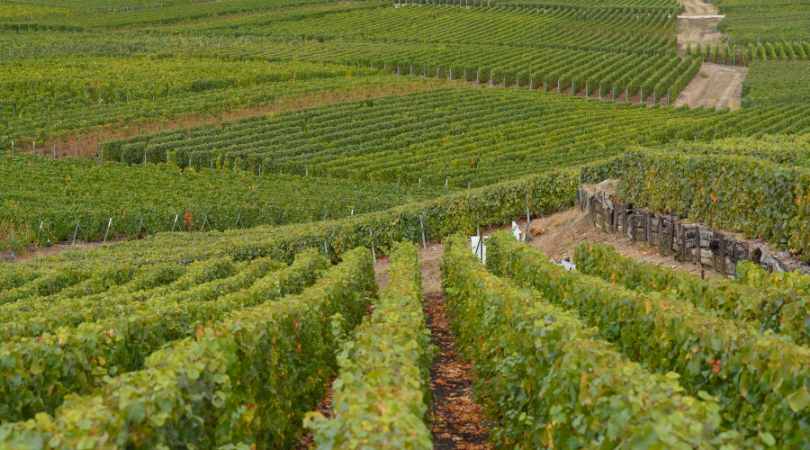
First, it is important to define what a terroir is. A wine terroir refers to the combining factors that become the environment in which wine is made. Wine is made from grapes which grow on vines. These vines grow out of the ground. The soil, the climate, and the geomorphology (essentially the landscape and terrestrial makeup of the area).
Wine grapes grow (with varying success) all over the world. This means that the climate is wildly different and will produce different kinds of the same species of grapes. The climate doesn’t just include temperature, but humidity, rain quantity, pollution/lack thereof, wind, snow, and even hail in some places!
The soil is an interesting one. Generally, it takes a while for the soil to be ready for wine grapes. It needs to be developed and nurtured until it is ready to provide all of the nutrients and care that wine grapes need (they’re delicate, fussy little things!).
Geomorphology is an interesting one as this can refer to so many things. Some elements of note are the slant on which the grapes live - this will greatly impact drainage and water retention/circulation. Another can be the sun-facing angle - too much sun will impact grapes in a much different way than too little.
Variation
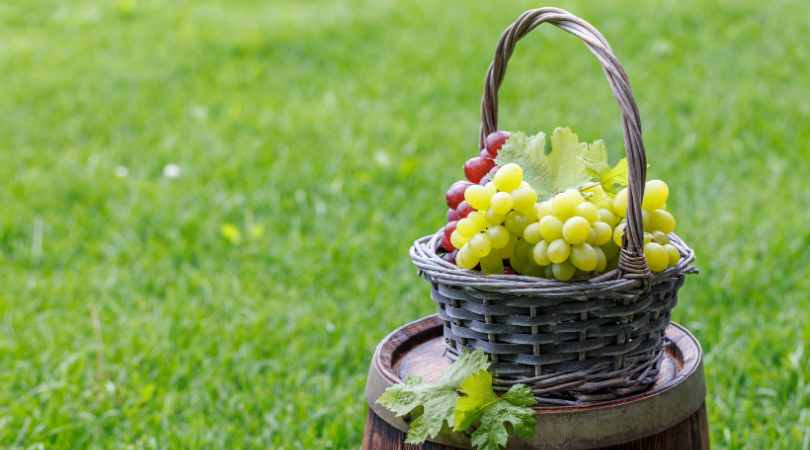
Different countries, cultures, and regions have massive variations when it comes to their terroirs. There are, of course, climatic variations that will be the biggest contributing factor. However, certain grapes prefer slightly different conditions in order to grow. It makes sense when you write it out like this!
There are many regions where slight altitude, north-facing vines, and steep hills play a huge part in the grape’s characteristics. Germany and Austria are well-known for their Riesling and Gruner Veltliner grapes. These are often grown in hilly regions, with some altitude, with either North or South Facing terroirs.
Many regions in Europe tend to use the hilly landscape to create their optimum drainage systems. There are countries around the world, Australia for example, that utilize flatter terroirs for their grapes. Warmer climates mean for faster water absorption which makes it necessary for the water to be available to drink for longer. Napa Valley and Sonoma are also known for their flat terroirs due to the amazingly consistent warm weather.
Impact On The Wine
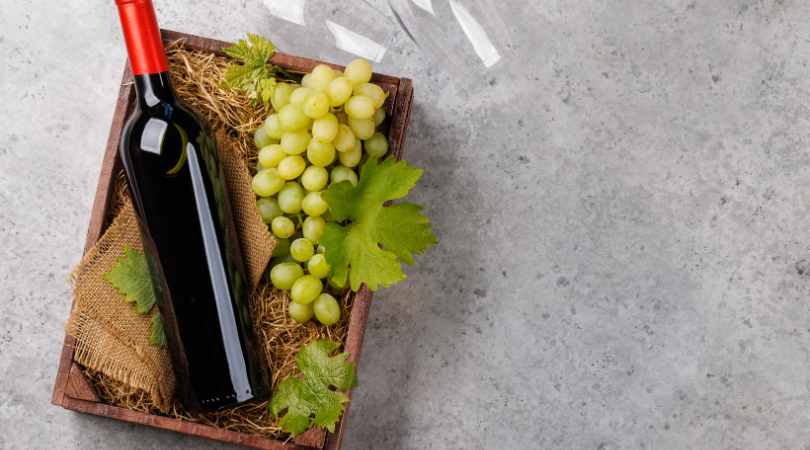
The terroir has every impact on wine it possibly can. You can grow the same Pinot Noir grapes in France and Australia and you will get completely different wines. You could grow the same grapes in Burgandy and Alsace and get different results as well. These regional distinctions are what people train for years to be able to pick up on.
Generally speaking, a warmer climate produces a more fruity, sweeter, full-bodied grape. One of the reasons that ‘New World’ (commonly defined as outside of Europe) wines are not thought of in the same esteem as Old World wines is that they are totally different. We say there is a place for all these wines!
A terroir is somewhat variable though it is mostly a pre-determined situation. You can change the soil over time, and add/reduce watering where possible, but generally, it is the status quo of the vineyard.
Also Read - Wine Pairing Recommendation with Dark Chocolate
We hope you have enjoyed reading a little bit about wine terroirs. It is a less commonly-known concept of wine but it is utterly fascinating. If you are lucky enough to take a trip to a winemaking region (in America or anywhere else!) we recommend visiting a terroir and having a look for yourself! It is really a beautiful thing when you see nature working in harmony together.





